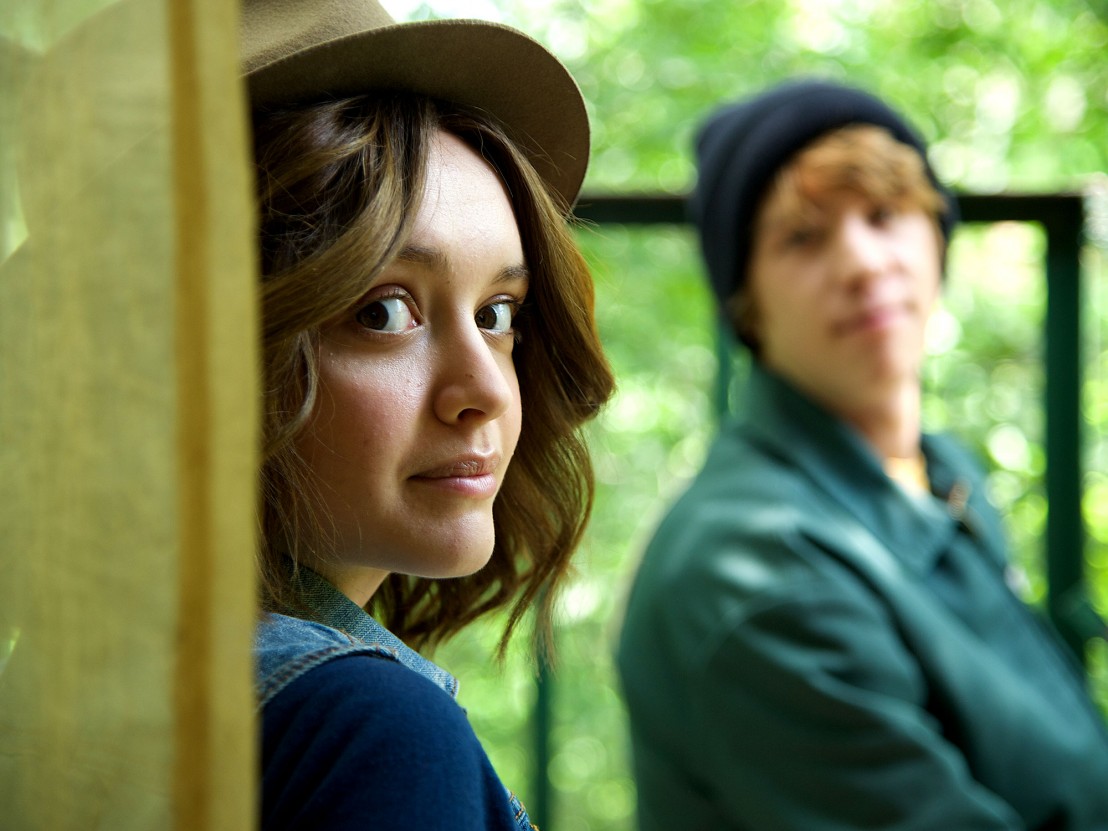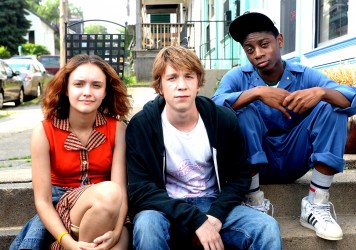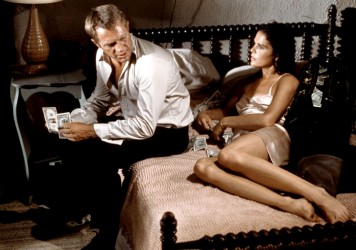
I watched Blue is the Warmest Colour at the end of 2013. I was heartbroken and realised – truly realised – that my life, like Adèle’s, would carry on, and I would find other pastimes beyond contemplating a yawning, pain-filled abyss. There are a scattering of magical experiences like this one, in which a film’s wisdom and one’s own psychological state synergise into a momentous surge of meaning. These experiences are when films help you to process life and move you gently along the road.
It’s not always this way. As with any habit, movies can be used medicinally to heal, but also abused by addicts destined to live out their days marked with the tell-tale signs: a pallid complexion, dark eyebags and an inability to calmly talk with others. People can binge on films at the cost of more thoughtful and challenging activities. People can get lost in a hall of mirrors (The Lady From Shanghai-style) missing a film’s connection to your or another’s experiences and seeing only other movies. This is a ‘fun house’ peopled by critics, cinephiles and other citizens of the world who find overwhelming levels of solace, stimulation and life lessons up there on the flickering screens. And while a residency in those picture palaces may lead to great, specialised knowledge, will it really help us to progress with the important stuff?
Two releases from the second half of 2015 zero in on characters with obsessive relationships to films. The Angulo boys in Crystelle Moselle’s The Wolfpack grew up under virtual house arrest with movies as a lone window on the world. It is striking – as Adam Woodward points out in his review – that the boys are remarkably well-adjusted for an unsocialised brood. It is tempting to credit their relative normalcy to the films they’ve been watching and reenacting. As one of the Angulo boys notes: films are often about outsiders – like him. Anyone who has ever felt socially awkward can understand the lure of pressing a few buttons and conjuring up a world that cherishes a complex identity unlike the whirlwind that is wider society. By simply looking, you can feast on the composed storytelling of geniuses, rather than take your chances with the nonsensical chaos that rules outside.
In Me and Earl and the Dying Girl, the lead character, Greg, (Thomas Mann) is infatuated with watching and remaking classic movies. These are movies like The Red Shoes, Peeping Tom and Vertigo, movies that deal in the heady passions of life and death, fear and love. Greg’s remakes are uniformly puerile (The Rad Shoes, Pooping Tom, Vere’d He Go?, etc) but the fact that he has engaged with brilliant sources should, according to a certain logic, elevate him to a sophisticated plane of human understanding.
It’s absolutely not so. Where his own existence is concerned, Greg is guarded and keeps to the sidelines. When a real problem – also a commonplace movie happening – occurs and he’s forced to the bedside of a dying girl, Greg is dumbfounded. He reveres Werner Herzog and his philosophy that “nature is chaos, hostility and murder” yet stoical existentialism has not seeped into his heart and mind. (Where has it seeped?) It’s almost as if film-watching is no preparation or assistant in the matter of real life. It’s almost as if film-watching is an escapist past-time or, at best, a charming passion.
So what to do when life suggests that you step up and contribute something of use? A few cinephile references might buy you time but they’re not going to ease the suffering of a dying girl. For this, we need kindness, compassion, understanding and all of the other emotional resources that don’t grow muscular in the dark of a cinema. Greg’s arc involves him learning how to be there for Rachel. He learns this by routinely showing up in her life, not from sticking on Burden of Dreams for another watch and losing himself in reveries. Me and Earl and the Dying Girl is, of course, only a movie. Real life rarely offers such clearcut chances to redeem one’s antisocial tendencies. Real life is steered by our own hands, not by a morally certain mother forcing you round to a dying girl’s house to achieve personal growth. Life is all too vague and ephemeral. Pass me another DVD.
There is a throwaway moment in The Wolfpack in which one of the Angulo boys credits their mother with keeping craziness at bay. In contrast with their largely hidden father, Susan has been a quiet, but almost noble background presence in the documentary. It suddenly seems likely that this flesh and blood human is the one who has prevented these captive kids from becoming unhinged. Maybe re-enacting Quentin Tarantino movies isn’t such a stabilising force after all.
To answer the question of the title, at their best, films can offer soul sustenance, education and stimulating past-times to those in tight spots. But once it’s The End, to truly process life – narratively clunky and dubiously charactered as we are – we need each other.
Published 3 Sep 2015

The kids are kind of alright in this intriguing real life tale of cinematically-inclined trap-ins.

The cinematic toast of the 2015 Sundance Film Festival is a whimsical comedy-drama about death and movies.

Is it possible for women to love movies which promote a regressive, misogynistic worldview?